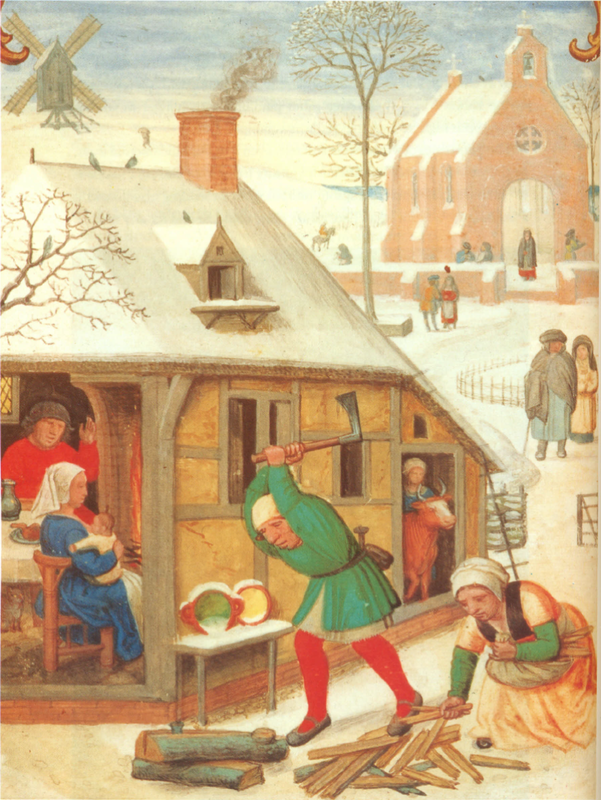

2.2 Common features of feudal societies.As humankind progressed, however, this system was broken down and the Industrial Revolution changed the structure of societies, allowing greater development of science and technology in the modern age. As such, feudalism provided stability within societies, restoring public order and strengthening the monarchy. Generally, feudalism has been regarded as the fabric of medieval society, and the stage of social and economic development that preceded Capitalism.

Outside of a European context, the concept of feudalism is normally only used by analogy (called "semi-feudal"), most often in discussions of Japan under the shoguns, and, sometimes, medieval and Gondarine Ethiopia. Since at least the 1960s, many medieval historians have included a broader social aspect, adding the peasantry bonds of manorialism, referred to as a "feudal society." Still others, since the 1970s, have reexamined the evidence and concluded that feudalism is an unworkable term which should be removed entirely from scholarly and educational discussion, or at least only used with severe qualification and warning. However, other definitions of feudalism exist. This is a weak system and it refers to a general set of reciprocal legal and military obligations among the warrior nobility of Europe during the Middle Ages, revolving around the three key concepts of lords, vassals, and fiefs. Roland pledges his fealty to Charlemagne from a manuscript of a chanson de geste.įeudalism is a political system of power dispersed and balanced between king and nobles.


 0 kommentar(er)
0 kommentar(er)
